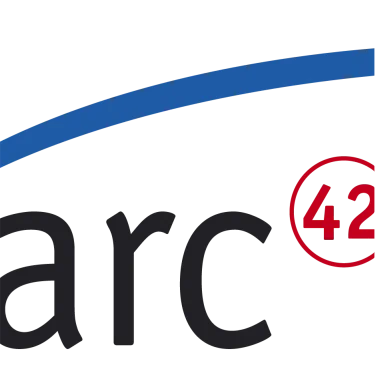Definition:
“the state of being cheap enough for people to be able to buy.”
In the context of software system quality and software engineering, “affordability” generally refers to the cost-effectiveness of developing, deploying, maintaining, or acquiring a software system. When a software system is described as “affordable,” it means that its total cost — considering both initial costs and ongoing costs — provides good value for the capabilities and benefits it offers.
Affordability in software engineering can encompass several aspects:
- Development Costs: This includes the expenses associated with the design, development, testing, and deployment of the software. It factors in costs such as developer wages, software tools, infrastructure, training, and other related overheads.
- Maintenance Costs: After the initial development, software systems need regular updates, patches, and potentially upgrades. Affordability considers how cost-effective it is to maintain and support the software throughout its lifecycle.
- Licensing Costs: If the software uses third-party components or platforms, there may be licensing fees. Affordability takes into account the cumulative cost of these licenses.
- Training Costs: An affordable software system should not require excessive training costs for users to become proficient.
- Operational Costs: This covers costs related to running the software, including hosting, server maintenance, data storage, and more.
- Scalability Costs: As the system grows or needs to support more users or data, there might be costs associated with scaling the system up. An affordable system should scale cost-effectively.
(This explanation was created with help from ChatGPT v 4.0)
